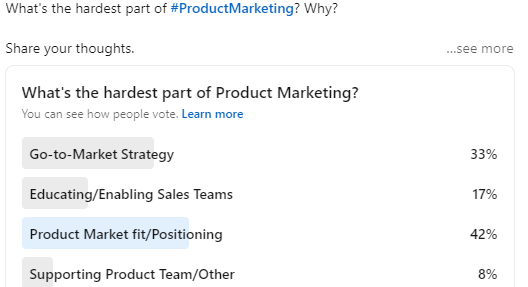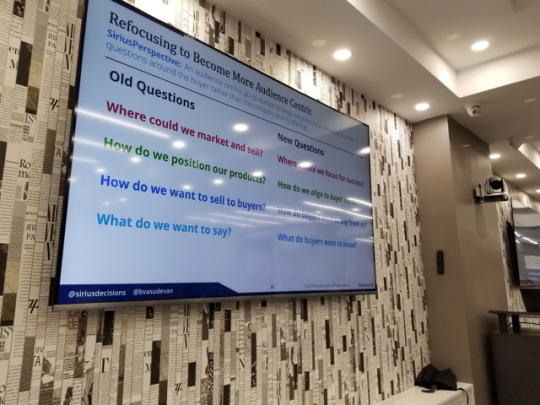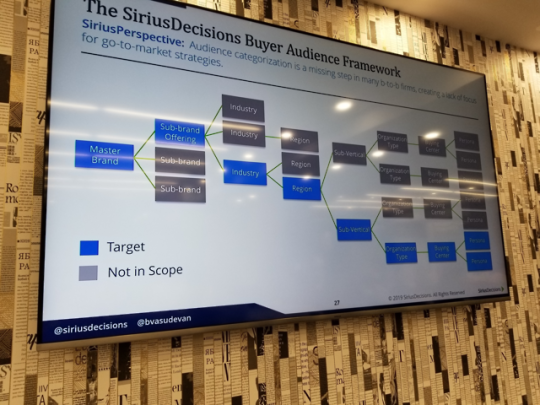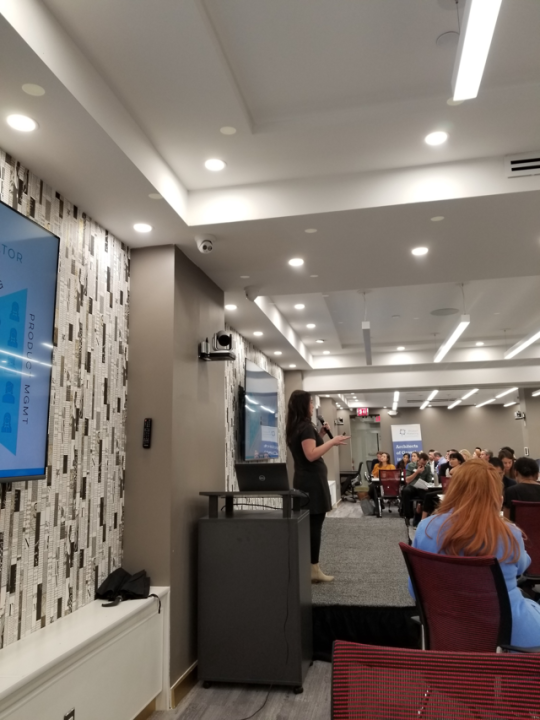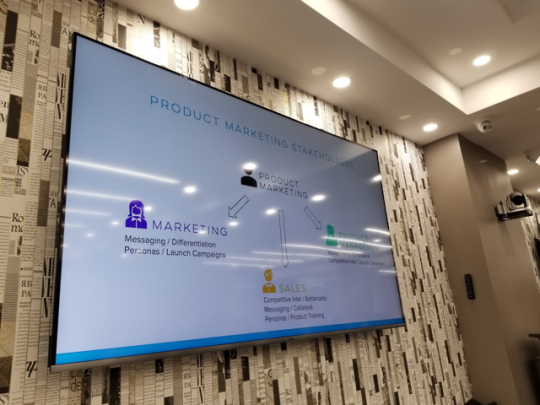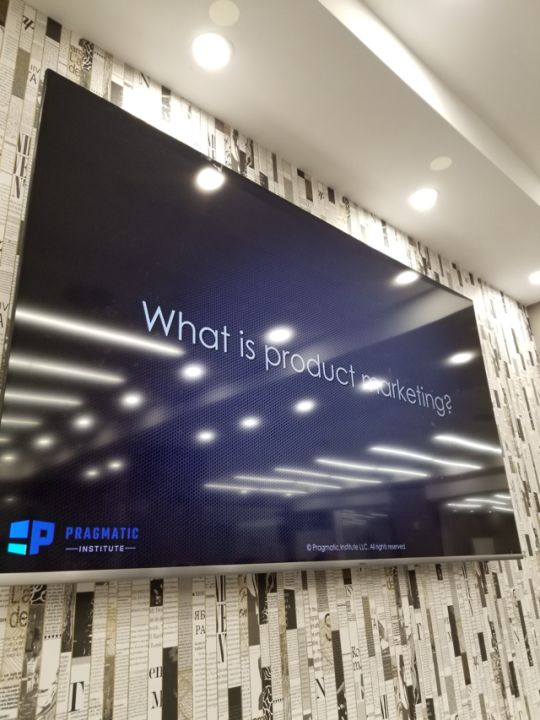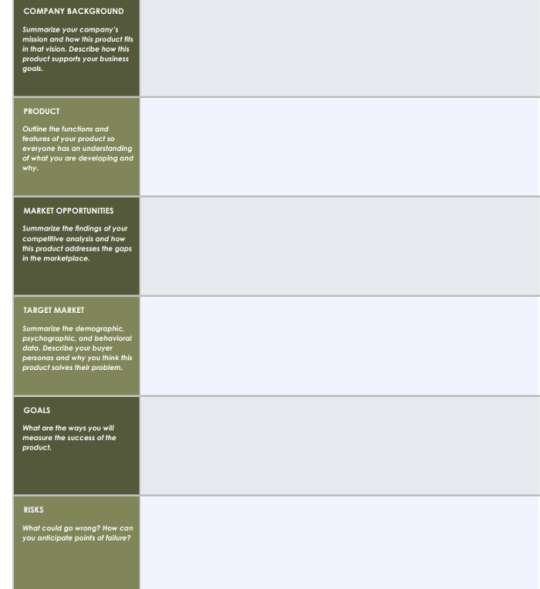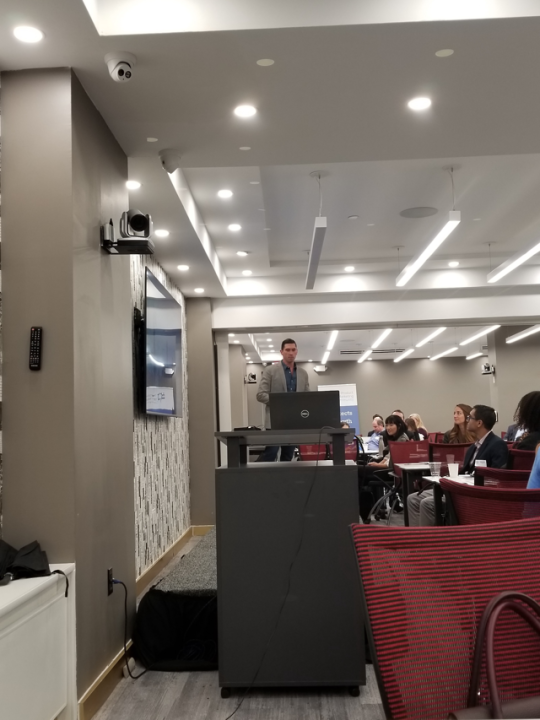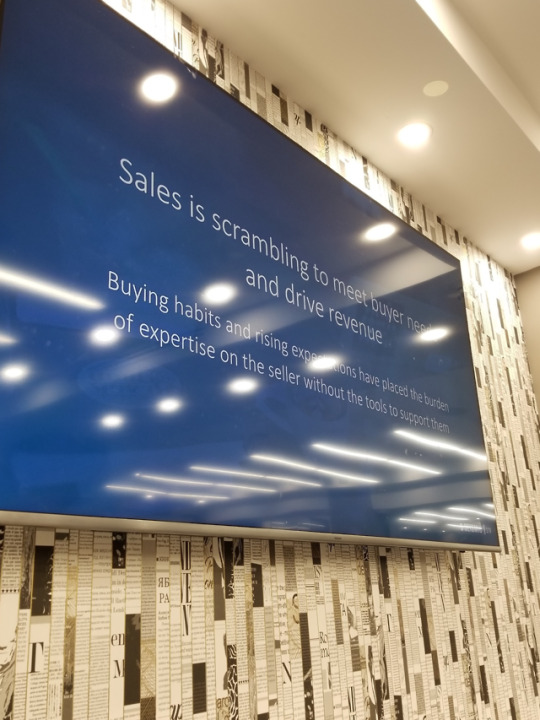The Rise of the Learning Pod: How COVID-19 Launched a New Industry
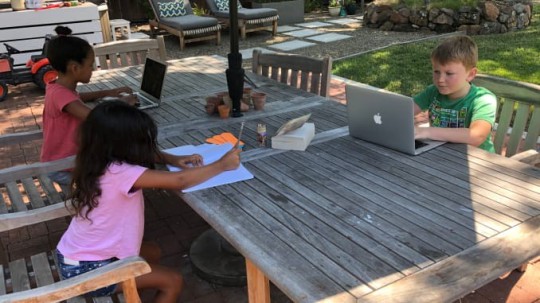
Source Outschool
COVID-19 forced US schools to Teach remotely for the first time in history back in March 2020. Many Teachers were not prepared to deliver remote instruction. Parents complained that the quality of their child’s education has declined since remote instruction began. Schools used this remote learning model until the end of the school year. As Summer vacation ends, parents grapple with the issue of whether they want to send their children back to school.
Many school districts across the US such as those in California have opted to keep remote learning for the fall because COVID-19 has resurged. In areas where COVID-19 cases are down, school districts such as New York City have opted for blended learning models where students report to school on some days and learn from home for the rest. According to Common Sense Media, over 50 million public school students in kindergarten through 12th grade will be learning remotely from home this year.
While safety is a top priority, the job of a school is to educate students. Parents are not satisfied with the public education offerings that have been presented for the Fall 2020 school year. This dissatisfaction with public education has made many parents seek out educational alternatives beyond blended and remote learning. These alternatives include learning pods, and supplemental education services such as tutoring.
Learning Pods Versus Tutoring
Learning pods are small learning communities where students meet every day to get instruction from a Teacher. This is different than tutoring because tutors review and reteach material as opposed to presenting new concepts. Tutoring functions as an educational supplement.
Why Parents are opting for In-Person Learning Pods
Parents that opt to use learning pods are looking to gain an educational advantage for their children by recreating traditional schools in a small group setting. The benefits of learning pods are that student instructional and social-emotional needs are met.
The Downside and Risk of In-Person Learning Pods
While this might sound like the perfect fix to remote learning and blended learning it comes with risks. The risks are that students and teachers are still at risk to contract COVID-19.
Another drawback of in-person learning pods is finding space. To address the issues of space, parents are buying apartments and houses; transforming them into schoolhouses. Marie spent $2000 to transform her guest house into a classroom she ordered desks, a whiteboard, a 50-inch television to live stream zoom tutorials, and built a library complete with personalized pencil boxes and workbooks.
Another mother is spending $720 per week to have her preschool son tutored in french with two of his friends.
Amanda Uhry, the NYC-based founder of Manhattan Private School Advisors, states Pandemic in-person pods can cost parents up to $100,000.
Some NYC parents are spending up to $70,000 on elite pod teachers, plus $2,500-a-month on studio apartments to serve as makeshift classrooms, plus an additional $50,000 to keep their kids enrolled at their private schools.
Why Virtual Learning Pods are the best option
How can parents get the benefits of a learning pod at an affordable price? Parents can look to tutoring services that offer virtual learning pods. Virtual learning pods eliminate the need for physical space making them more affordable than in-person learning pods. Groups of parents can sign their children up together in a virtual learning pod to lower the cost even more.
Virtual learning pods take the benefits of traditional school and put it online. Students get the benefits of individualized attention and social interaction all of which are lacking in traditional remote learning. Parents can have peace of mind that knowing that their child will not contract COVID-19; something that pricey in-person learning pods can not guarantee.
How Education Companies Can Corner the Learning Pod Market
Companies that offer Teacher staffing, tutoring, and instructional materials to schools can seize the opportunity in the learning pod market because they are well established in their industry.
K-12 Education and learning companies that hire seasoned certified teachers as tutors and learning pod instructors will be able to do better than companies who hire non-certified or inexperienced Teachers. Why? The reason is that Teacher certification and experience will help companies overcome the credibility hurdle. For Education companies that offer virtual learning pods, the teachers and tutors would need to be skilled in distance learning and remote teaching.
Would you choose a learning pod over traditional instruction for your child?
Why or why not?
Join the conversation.

